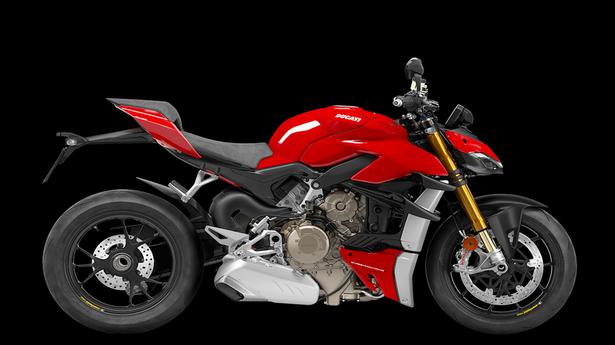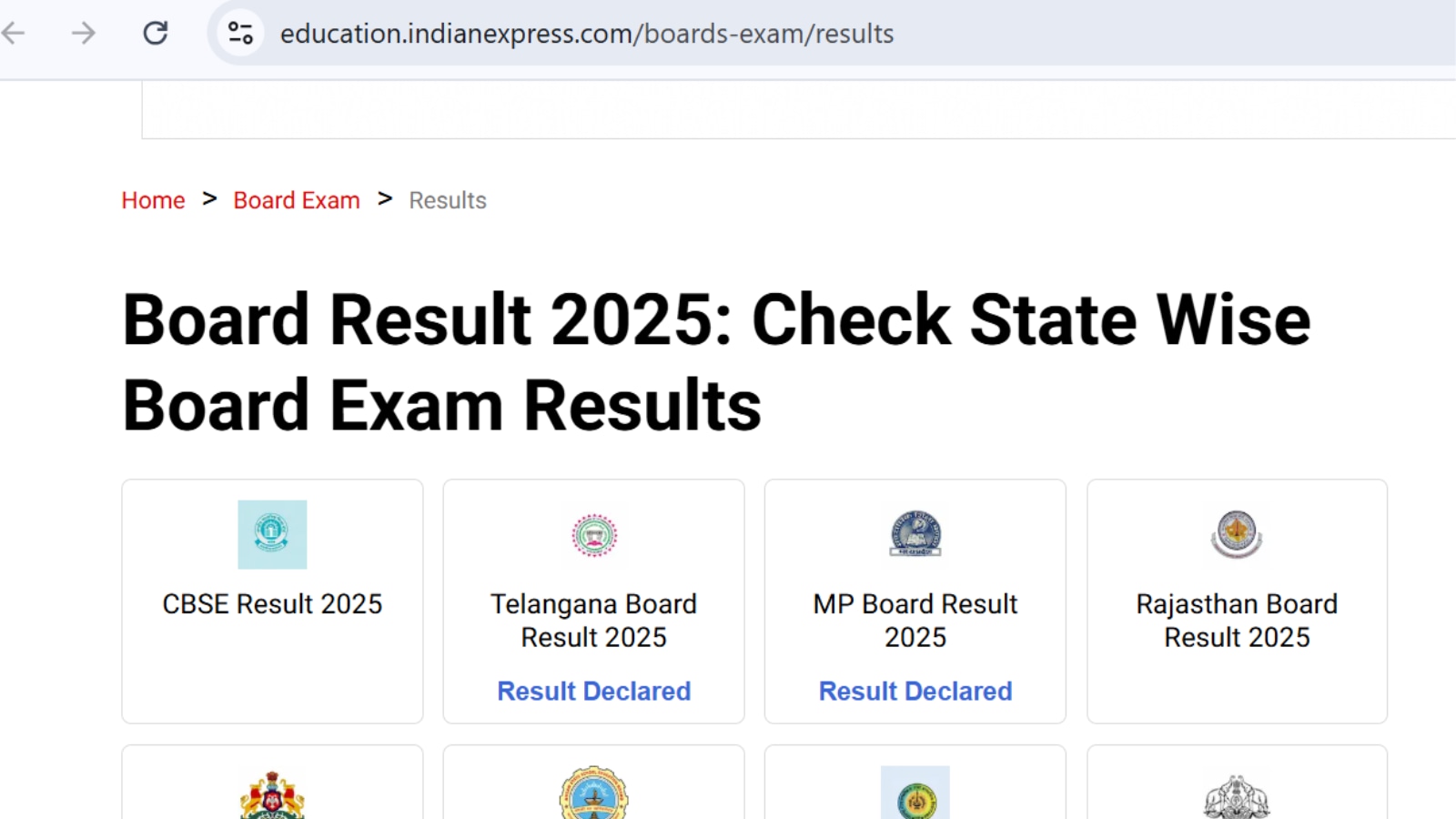It was a dream come true for Berlin-based sitarist Sebastian Dryer when he took the stage with six other sitarists, their roots spread across the world, to perform at the Amphitheatre at Goethe-Zentrum Trivandrum in Thiruvananthapuram on February 13. That was the debut concert of the collective, known as String Theory. The performance began with a piece in raag Jog in Deepchandi taal, followed by compositions in Jhinjoti, Kafi, Puriya Dhanashree, Bhairav, Brindavani Sarang and Darbari Kanada raags.
The string collective from Berlin mostly consists of sitarists settled in the German capital — Will Dewar from South Africa, Handong Ryu from South Korea, Anurag Sharma from India, Tina Bartel aka Trilli, Matthias Seidel and Susanne Kretschmann (who couldn’t attend the concert) from Germany. Aleksandr Konanchuk from Russia, a sitarist with over three decades of experience, completes the ensemble. They were accompanied by Indian exponent Retnasree Iyer on the tabla.
“It started rather pragmatically,” says Sebastian, a faculty at the Fanny Hense Music School in Berlin. “Except for two members, the others study there. Usually, when you learn Western instruments such as the guitar and the violin, you play them in a band and you have classes with them as an orchestra. This wasn’t the case with sitar. So I thought why not come up with a sitar collective,” says Sebastian.
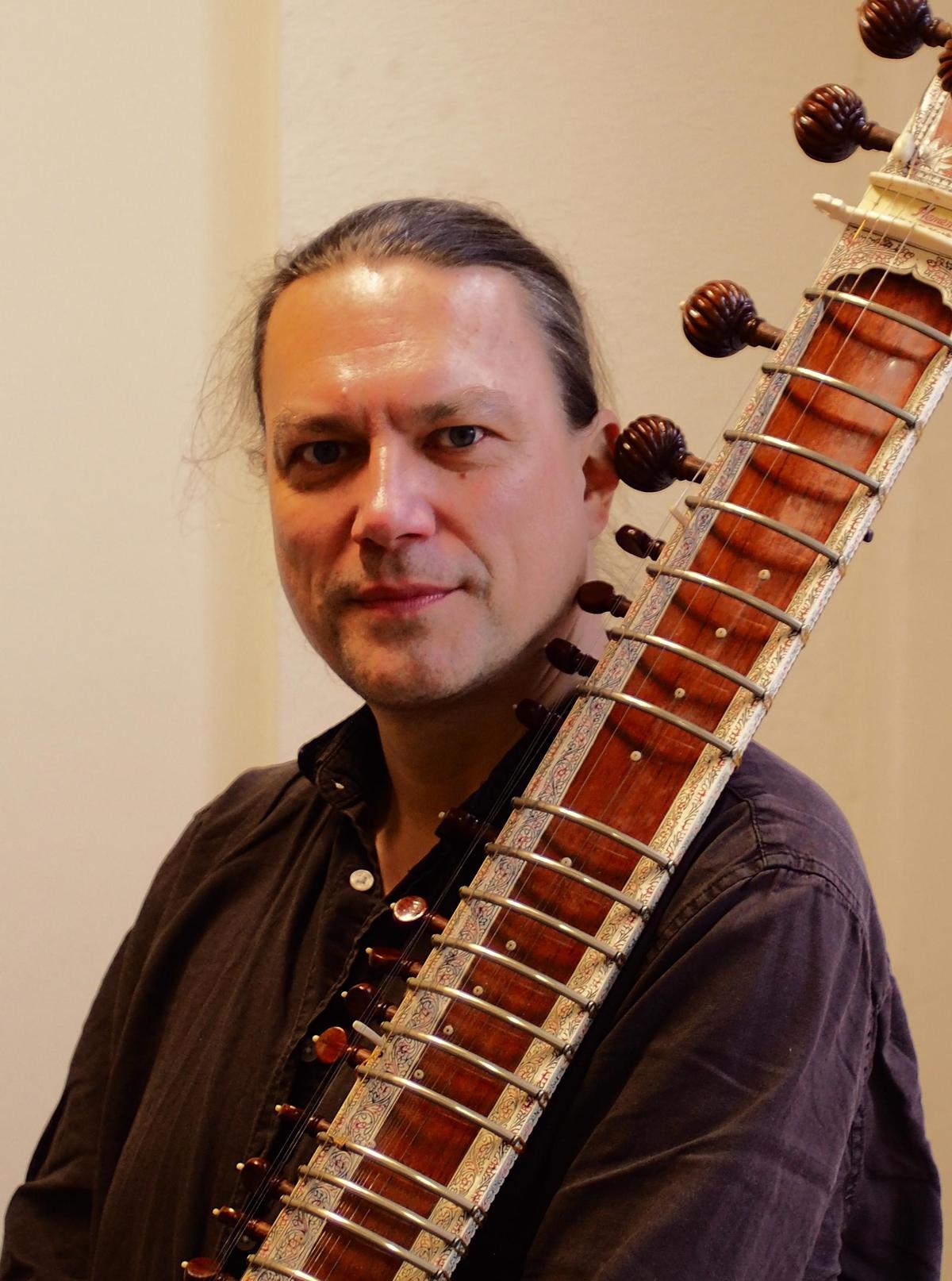
Sebastian Dreyer from Germany
| Photo Credit:
SPECIAL ARRANGEMENT
For several musicians, their first tryst with the instrument was through the iconic English rock band, The Beatles. It was thanks to the band that Aleksandr came across the late sitar player Pandit Ravi Shankar, who was a collaborator and guru of George Harrison, the band’s lead guitarist. Aleksandr, a protege of Mahotram Sabri and Ustad Rafique Khan, soon switched from guitar to sitar and even bought a copy of Ravi Shankar’s autobiography My Music, My Life, imitating the sitar virtuoso’s posture on the cover. “That was my first exercise,” he says.
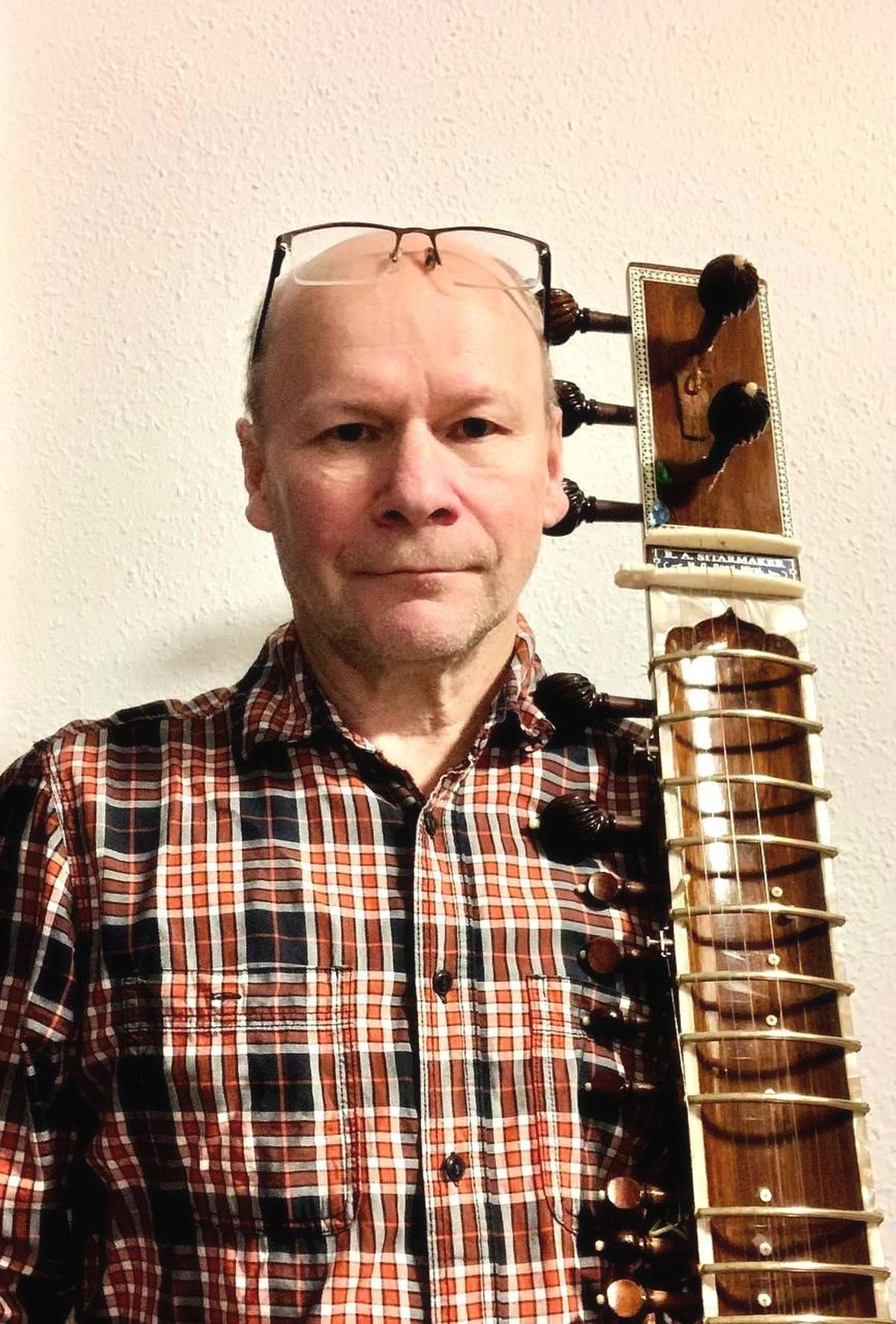
Aleksandr Konanchuk from Russia
| Photo Credit:
SPECIAL ARRANGEMENT
Will, who is from Johannesburg, too listened to Ravi Shankar and The Beatles while growing up. His interest piqued when he found a vinyl record of Ravi Shankar’s Concerto for Sitar & Orchestra in his father’s collection. Handong from Seoul, who found Sebastian after a long search, has a similar story.
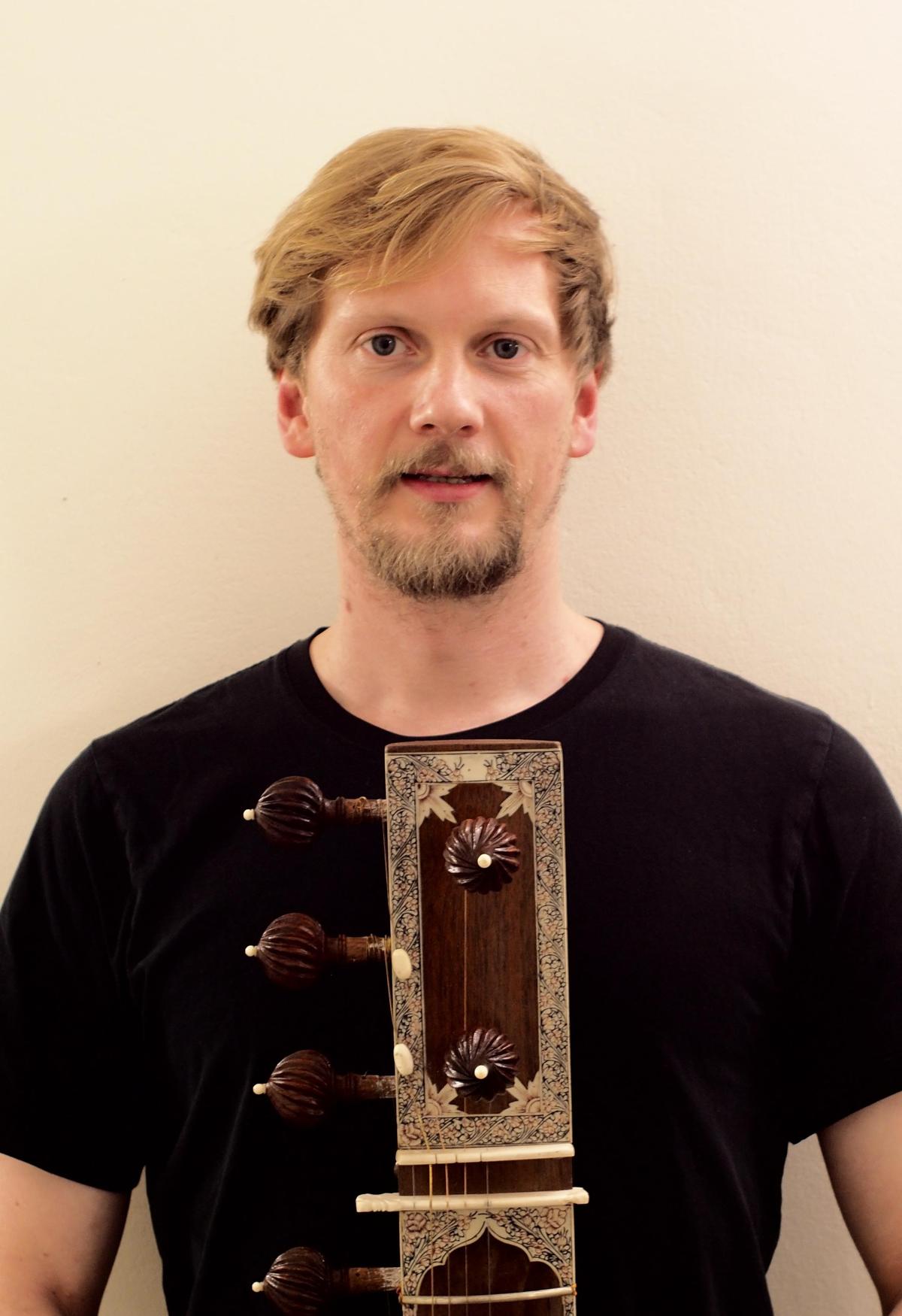
Will Dewar from South Africa
| Photo Credit:
SPECIAL ARRANGEMENT
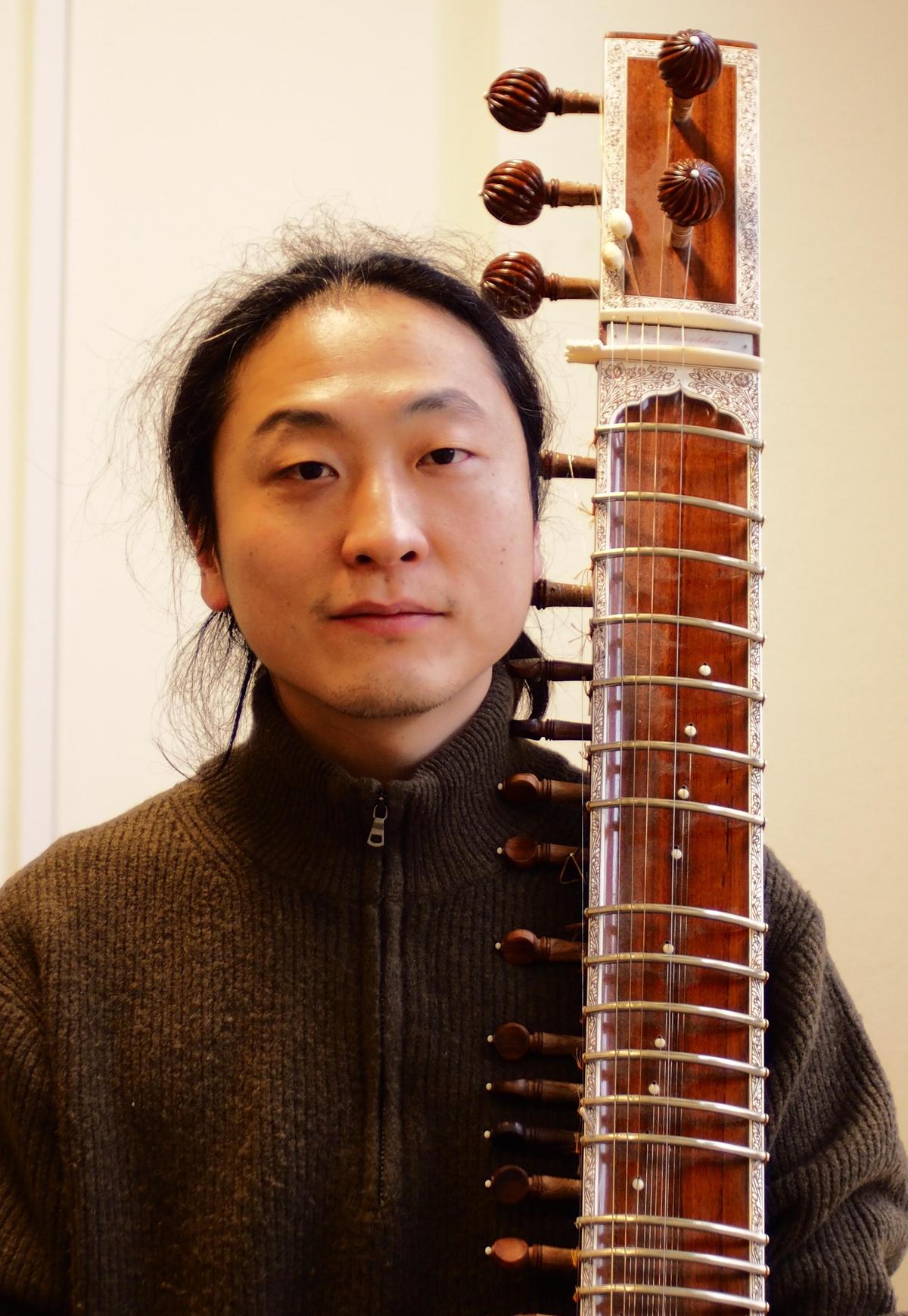
Handong Ryu from South Korea
| Photo Credit:
SPECIAL ARRANGEMENT
The only Indian musician in the group, Anurag Sharma from Haryana, started listening to sitar music to get concentration while working as an IT professional. “It was kind of a ‘taboo’ music because it was difficult to learn and nobody in my circle listened to it,” says Anurag, who began training under Sebastian after he moved to Berlin for work.
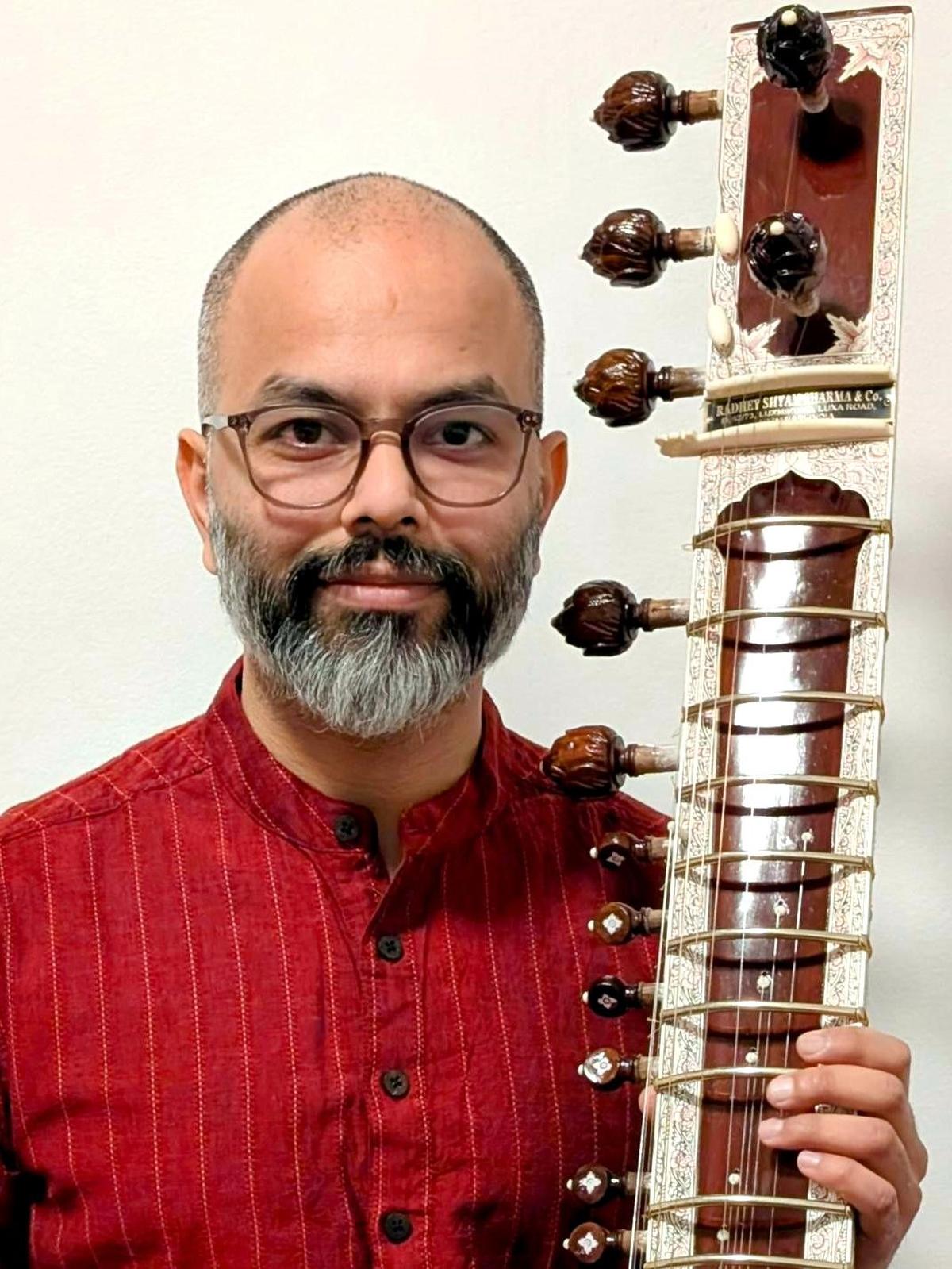
Anurag Sharma from India
| Photo Credit:
SPECIAL ARRANGEMENT
Matthias from Berlin, says, he was influenced by German pop bands, which featured the instrument in their songs, unlike the others.
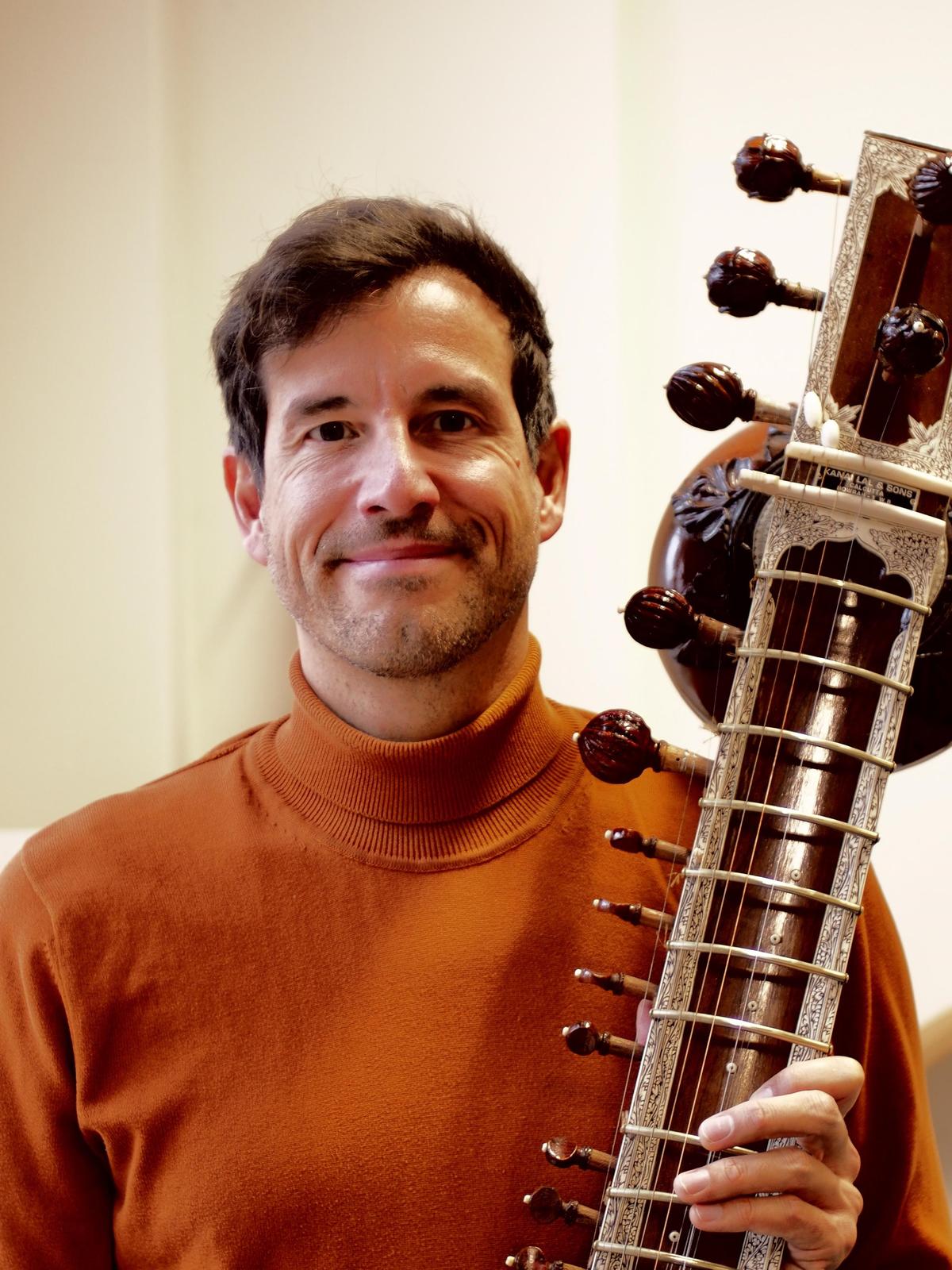
Matthias Seidel from Germany
| Photo Credit:
SPECIAL ARRANGEMENT
“I started playing sitar because the music touched me very deeply. I couldn’t understand it. I didn’t know why but it made me cry a lot. So I thought why not learn it,” says Trilli from Berlin, who found a showpiece sitar in her basement, an heirloom from her grandparents who were missionaries in Kerala. The musician took this instrument to Sebastian asking him to train her on it. “I laughed out and said no I can’t teach you in this,” recalls Sebastian.
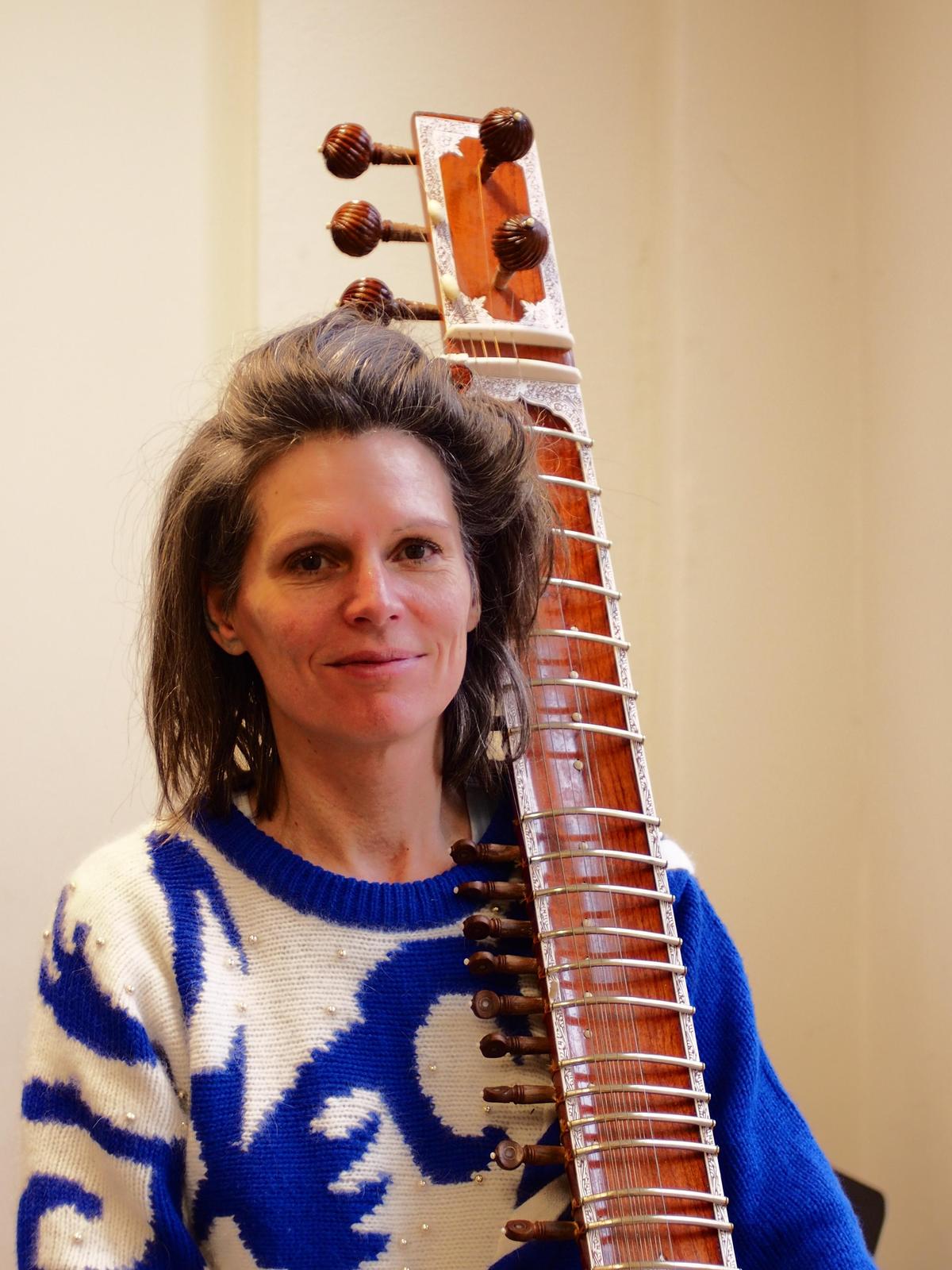
Tina Bartel from Germany
| Photo Credit:
SPECIAL ARRANGEMENT

Initially trained by Gisela Tarwitt in Potsdam, Germany, and later by Partha Chatterjee from Kolkata, Sebastian points out how foreign artistes often start learning the instrument as adults. “I was 20 years old when I started learning this,” says Sebastian currently teaching 12 students in his music school.
A striking difference between European and Indian classical music is the presence of strict notes in the former and the significance of spaces between the notes in the latter, says Sebastian. “There are rules, but these do not make it more difficult. Instead, it’s like grammar for a language, which gives you the freedom to express things correctively,” he says.
The global popularity of Indian classical music is closely related to the presence of the Indian diaspora, says Will, who grew up among a large group of Indians in Johannesburg. During his college days as an architecture student, he was exposed to other native instruments such as sarod and tabla through his Indian classmates.
The sitar music culture in Berlin only happens in smaller circles, points out Sebastian referring to a recent dearth of Indian artists travelling to Germany. “Big names had come to Germany from the 70s until the 90s and also early 2000s. Many veteran artistes have either passed away and remuneration is also said to be low,” says Sebastian.
“Earlier people would throng events featuring Indian music. Now, everybody can go to India and the brand alone doesn’t attract people. It can also have an aftertaste of exoticism to say something is special because it is from India. It’s a classical art form and should be promoted as such, which many organisers do not understand,” he adds.
However, Sebastian is hopeful about String Theory. “I have other musical ideas and there is still a lot to explore. I hope that this can bring new audiences, and can motivate people to learn. It’s a chance to attract this generation and it would be great to offer a new sound culture,” he says.
Published – February 20, 2025 09:58 am IST


